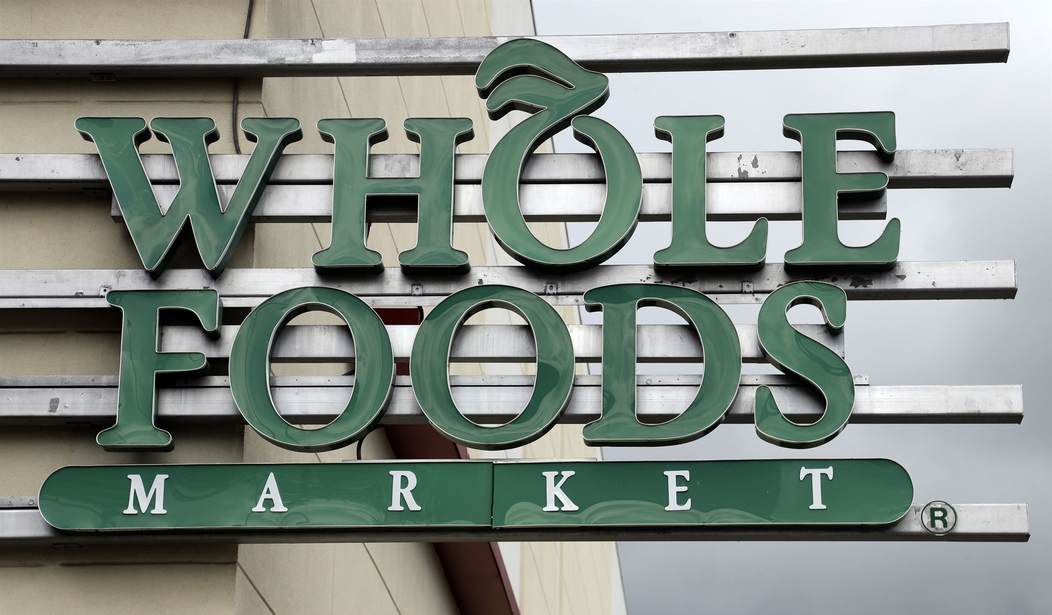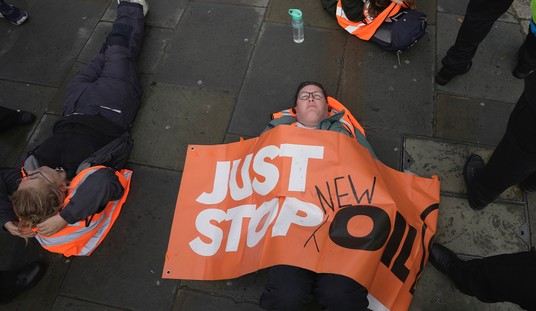It has been 2 1/2 years since I wrote about this clip of a brazen shoplifting at a San Francisco drug store.
Other similar videos would follow:
This just happened at the @Walgreens on Gough & Fell Streets in San Francisco. #NoConsequences @chesaboudin pic.twitter.com/uSbnTQQk4J
— Lyanne Melendez (@LyanneMelendez) June 14, 2021
That clip is from June 2021 and since then the situation has not improved. Today one of the largest grocery stores in San Francisco is closing because of street conditions near the store.
The Whole Foods at Trinity Place, at Eighth and Market in San Francisco, is closing its doors one year after opening there, with the company citing the horrible street conditions outside as the reason…
The store is set to shut down after close of business Monday evening.
The San Francisco Standard has more including a statement from the company.
“To ensure the safety of our team members, we have made the difficult decision to close the Trinity store for the time being,” a Whole Foods spokesperson said in a statement. “All team members will be transferred to one of our nearby locations.”
Does that mean the store could reopen later? It’s not clear at the moment but the Standard reported last November that this same store was cutting hours because of rampant theft.
As of Oct. 24, the store—located at 1185 Market St.—is now opening an hour later and closing two hours earlier: from 9 a.m. to 7 p.m.
“It’s to better serve our customers, and it’s more or less because of the area and security issues,” said the store’s manager, who asked to remain anonymous. “There’s just high theft and people being hostile.”
Most of the shoplifting happening at these stores is connected to gangs who use homeless people to “boost” merchandise from the stores. The homeless then sell the items they steal for a few dollars, basically enough to buy drugs. The fences then deliver the stolen goods to a warehouse where they can be resold as new on Amazon, eBay or other sites. The total amount of stolen merchandise often adds up to millions of dollars, making it difficult for the stores to survive. Real Clear Investigations published a story last year describing the whole underground economy operating in San Francisco’s streets.
Boosting is “basically a job” for addicts, said Lieutenant Kevin Domby of the California Highway Patrol. To fuel their addiction, boosters need to bring in up to $60 daily. Since they usually get a dollar or two per item, no matter the value of whatever they’re stealing, they have to steal as many as 60 items a day…
Like drug use and drug dealing, shoplifting has been effectively decriminalized in San Francisco, and some chains have reduced their presence in the city. California’s Proposition 47, passed in 2014, reduced shoplifting of less than $950 in goods from felonies to misdemeanors. On top of that reduction in severity, Boudin scaled back prosecution of these crimes…
The fences at the wholesale level amass $100,000 to $200,000 worth of merchandise each day, which they sell to a “diverter.” The diverter repackages the stolen goods in counterfeit packaging and sells the products online. Nationally, just five diverters dominate the trade in stolen merchandise from the national drug store chains. Those five companies sell more than $20 million in product a year.
This is big business and by winking at the low-level crimes committed by homeless addicts, San Francisco and other cities are making the entire scheme possible. And while the homeless are robbing the retailers, other gangs of thieves are robbing people’s cars. We saw that make news recently when a CNN crew with private security had their car broken into and robbed while they were doing a story about crime in the city.
So after tonight city residents will have one less place to shop. You have to wonder what it will take for them to connect this with the policy choices being made in the city. At some point, you have to hope they realize the current direction isn’t working out well for most of the people who live there.








Join the conversation as a VIP Member